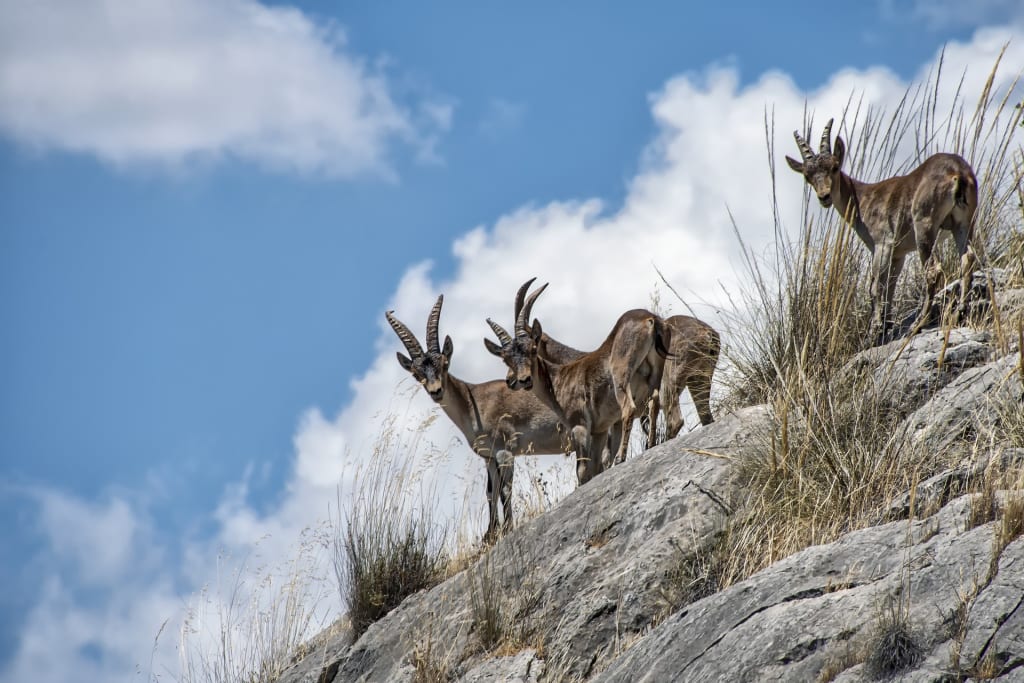Exploring the Cultural Significance of Goat Herding: A Tribute to Goats' Honor
culture of goat herding

Introduction
In the world of agriculture and husbandry, goats have played an essential role throughout history. Their presence goes beyond being mere livestock; it's about the deep-rooted cultural significance they hold within societies. This article delves into the fascinating world of goat herding, exploring the honor and cultural value associated with these remarkable animals.
The Historic Connection
Ancient Origins of Goat Herding
Goat herding traces back to ancient civilizations, where goats were domesticated for their milk, meat, and wool. Civilizations such as the Sumerians and Egyptians held goats in high regard, recognizing their contribution to survival and sustenance.
Symbolism in Various Cultures
Different cultures around the world have revered goats for their symbolism. In many societies, goats are seen as symbols of fertility, abundance, and courage. They've been associated with deities and used in religious rituals, signifying purity and sacrifice.
Goats in Folklore and Traditions
Mythical Depictions
Goats have often been featured in folklore and mythology. From the mischievous trickster archetype to sacrificial offerings, goats have portrayed a range of roles in stories passed down through generations.
Cultural Festivals
Numerous cultures celebrate festivals that honor goats. These festivals highlight the role of goats in agricultural cycles, showcasing traditional practices such as goat parades, beauty contests, and performances that pay homage to these animals.
Goat Herding as a Way of Life
Nomadic Pastoralism
In many pastoral societies, goat herding is a way of life. Nomadic communities rely on goats for sustenance, trading, and economic stability. The bond between the herders and their goats runs deep, forming an integral part of their cultural identity.
Traditional Practices
Goat herding traditions have been passed down through generations, encompassing techniques for grazing management, milking, and breeding. These practices not only ensure the survival of the herds but also uphold cultural heritage.
The Challenges Faced
Modernization and Changing Dynamics
As societies modernize, traditional goat herding faces challenges. Urbanization, climate change, and economic shifts have led to a decline in traditional practices. This shift impacts the cultural fabric tied to goat herding.
Preservation Efforts
Recognizing the cultural value, efforts are being made to preserve traditional goat herding practices. Organizations collaborate with herding communities to provide resources, education, and advocacy, aiming to safeguard this rich cultural heritage.
The Enduring Legacy
Sustaining Cultural Identity
Despite challenges, goat herding continues to shape the identity of various communities. The values of respect, harmony with nature, and self-sufficiency are embedded in the practice, contributing to the resilience of cultural traditions.
Bridging Past and Future
In a rapidly changing world, the preservation of goat herding serves as a bridge between past and future. It reminds us of the wisdom embedded in age-old practices and offers a sustainable path forward.
Conclusion
The honor bestowed upon goat herding and the rich cultural tapestry it weaves underscore the intricate connection between humans and animals. As we celebrate the role of goats in history, mythology, and daily life, we recognize the importance of safeguarding cultural practices that honor these remarkable creatures.
________________________________________
FAQs about Goat Herding and Cultural Significance
1. Why are goats considered symbols of courage? Goats' ability to thrive in diverse environments, coupled with their adventurous spirit, has led to their association with courage in many cultures.
2. How do festivals honoring goats benefit communities? Such festivals promote community bonding, economic opportunities, and cultural exchange, strengthening the social fabric.
3. What challenges do modern goat herders face? Modern herders grapple with urbanization, land use changes, and maintaining a delicate balance between tradition and progress.
4. Are there any goat herding practices unique to certain cultures? Absolutely, practices like transhumance, where herds are moved seasonally to find better grazing, are prevalent in cultures across the world.
5. What can individuals do to support traditional goat herding? Supporting organizations dedicated to preserving traditional practices, raising awareness, and choosing ethically sourced goat products are effective ways to help.
About the Creator
Enjoyed the story? Support the Creator.
Subscribe for free to receive all their stories in your feed. You could also pledge your support or give them a one-off tip, letting them know you appreciate their work.





Comments (1)
Very Informative!